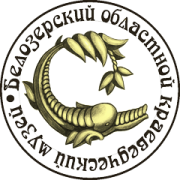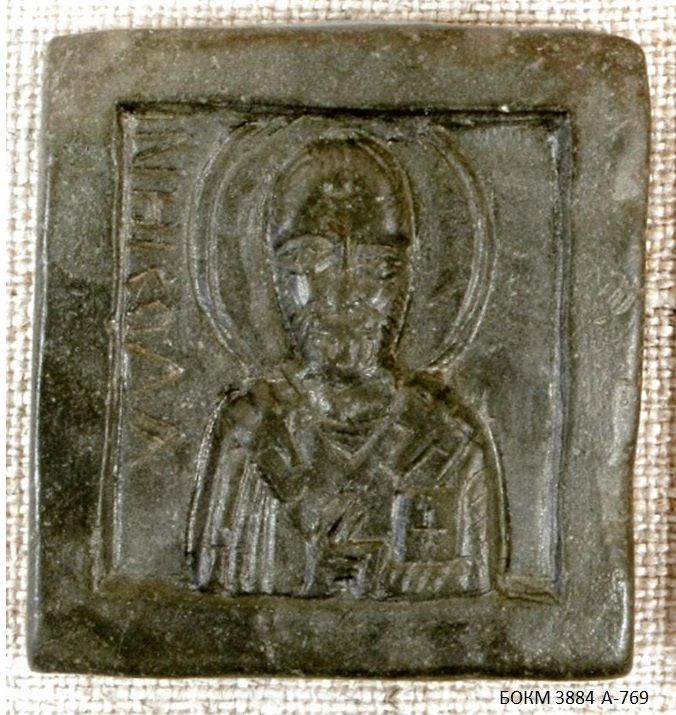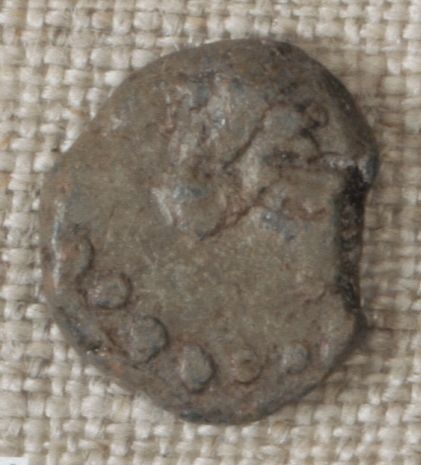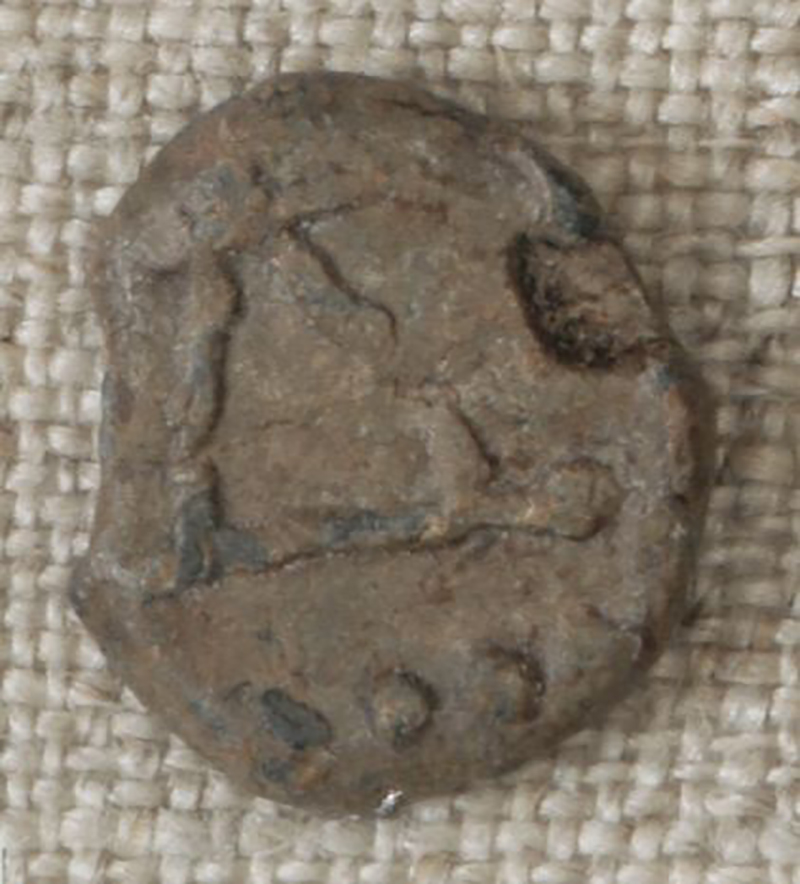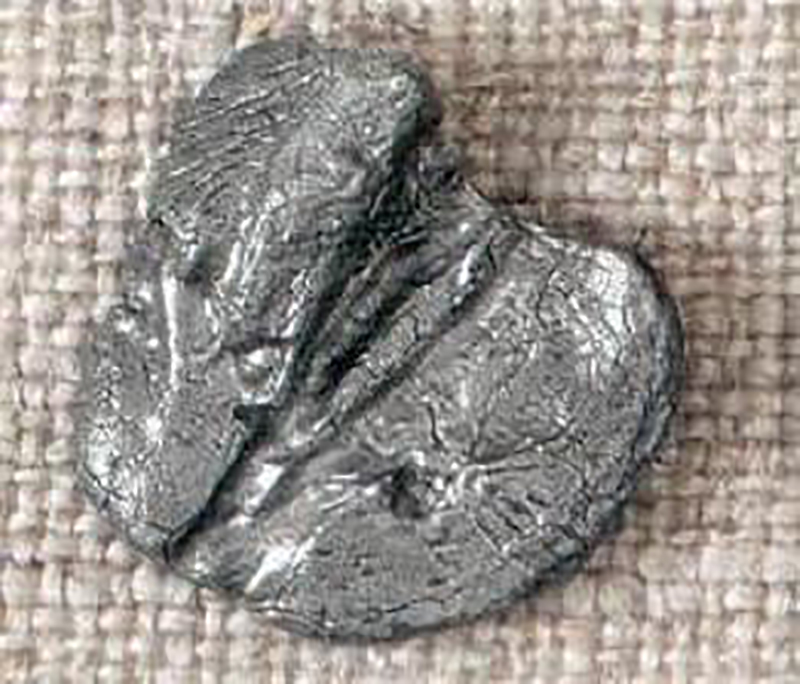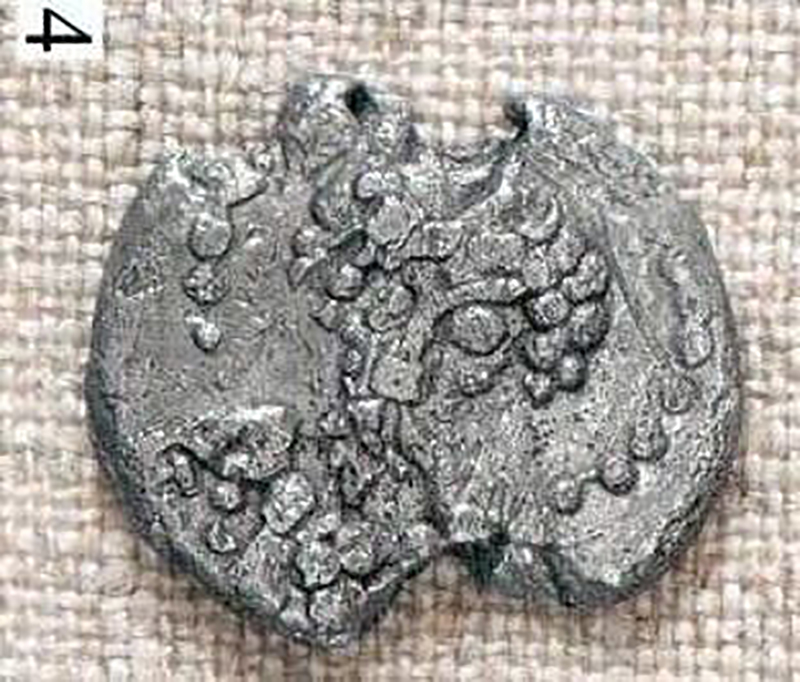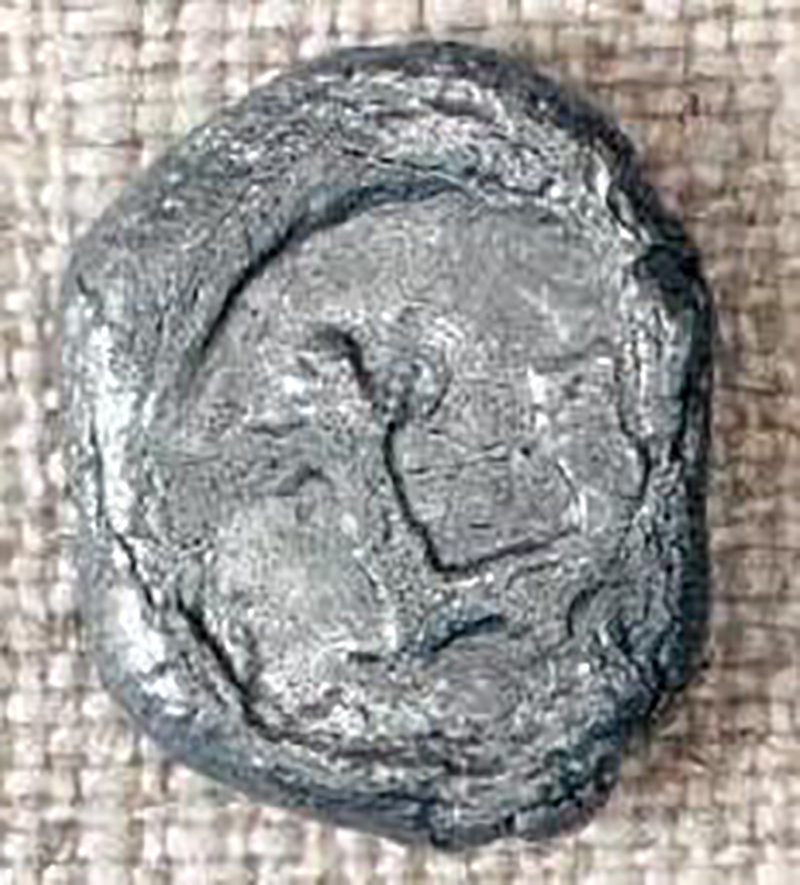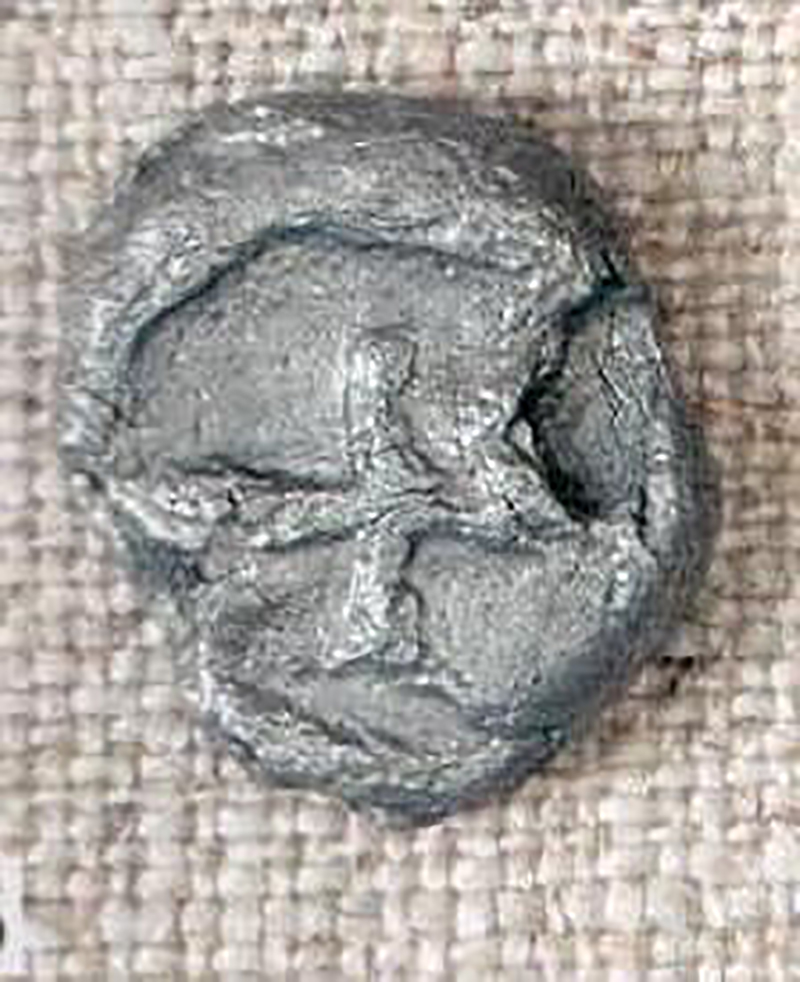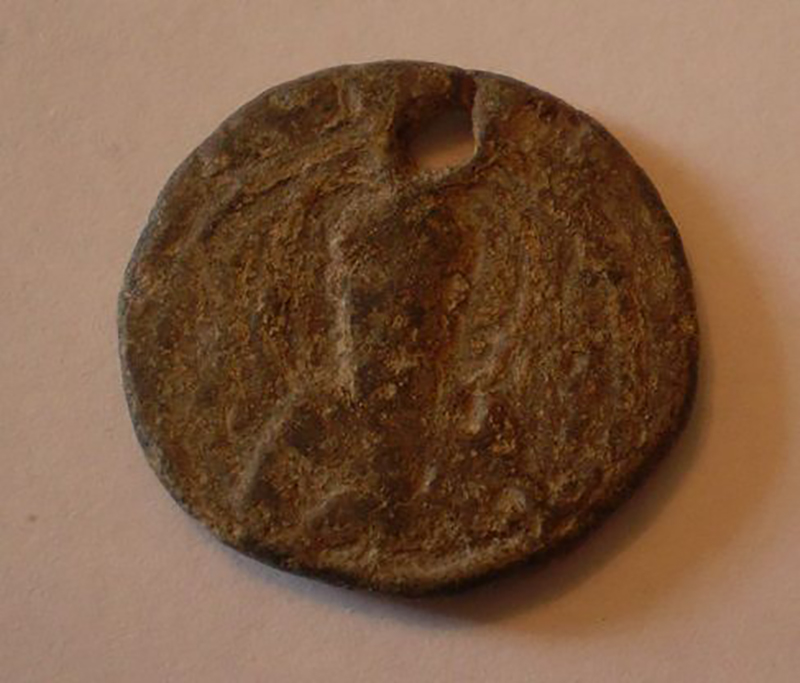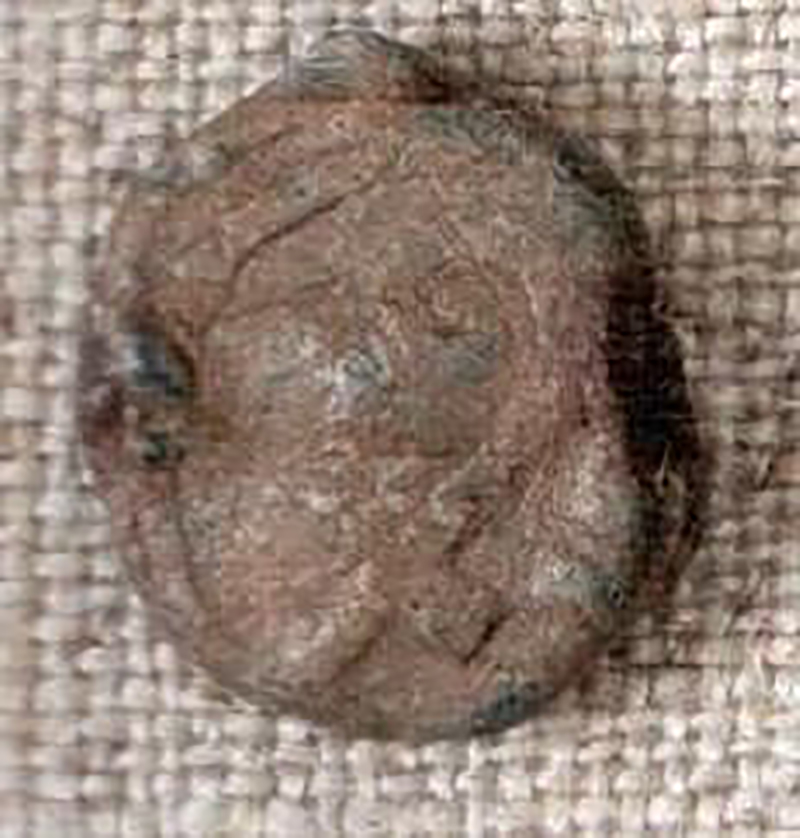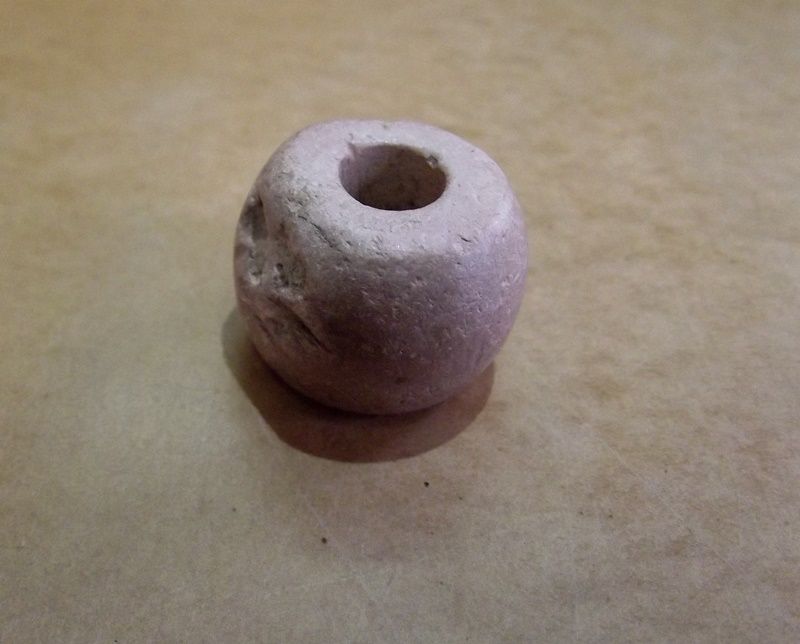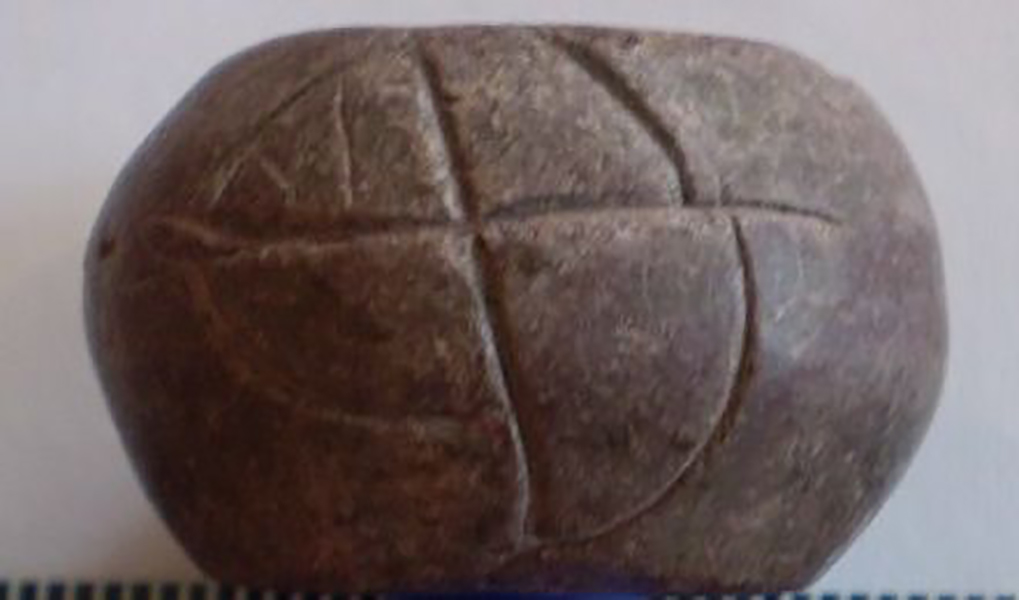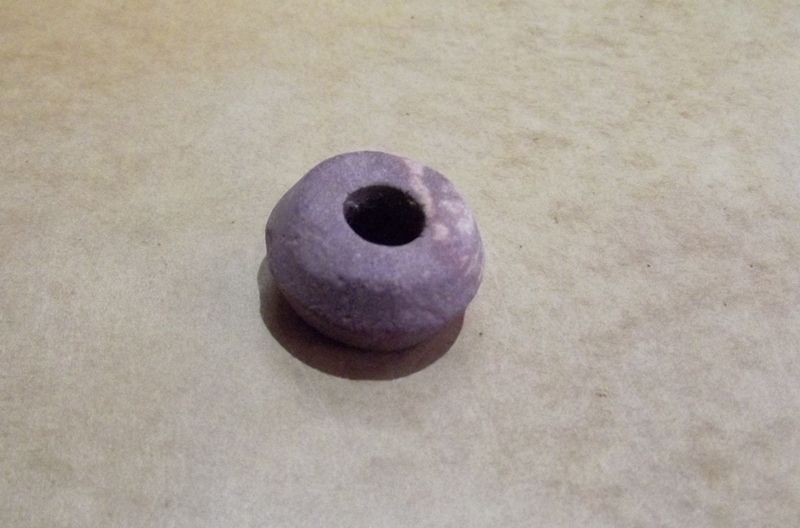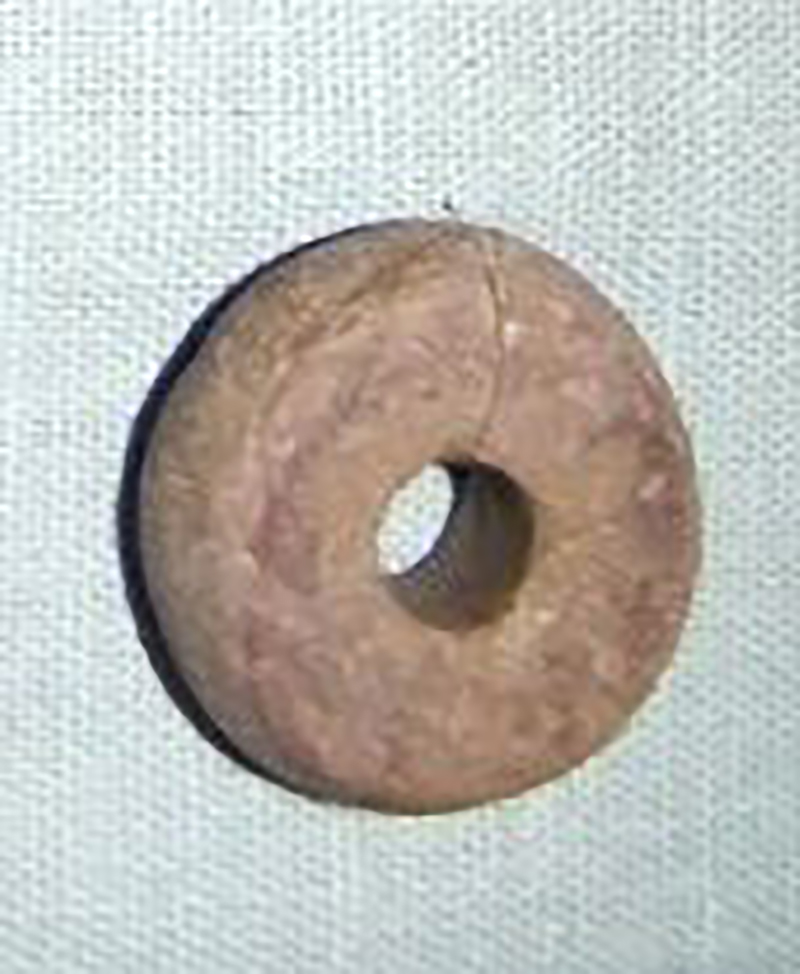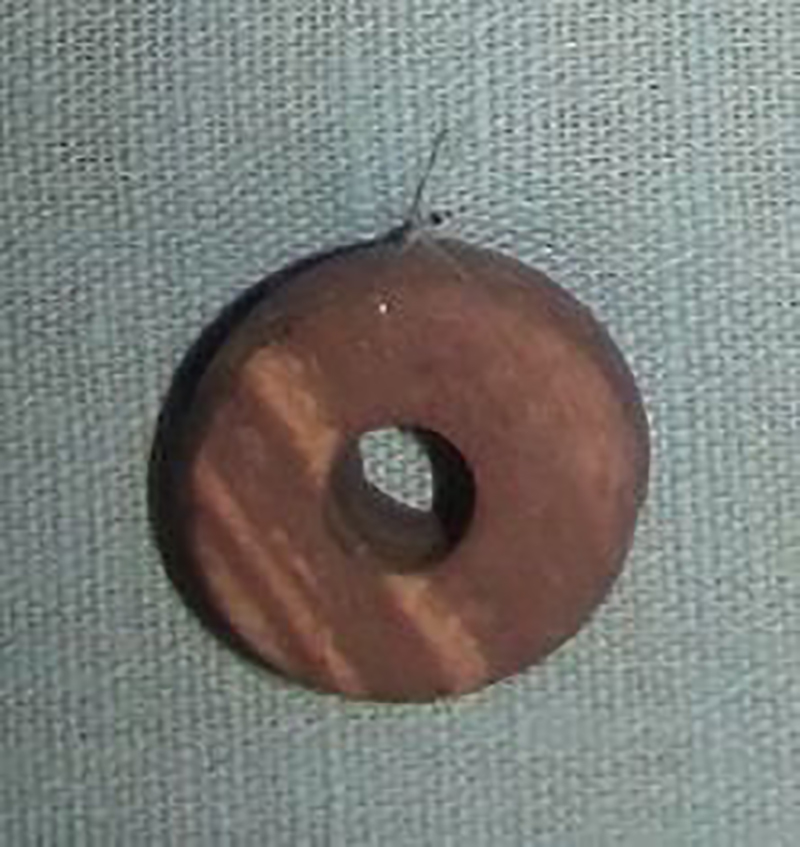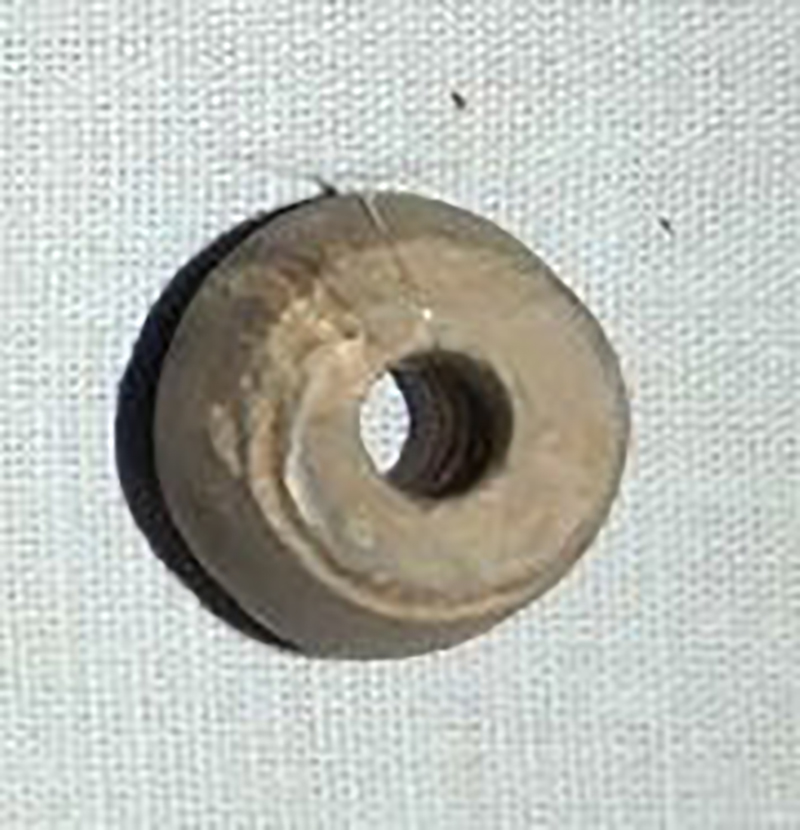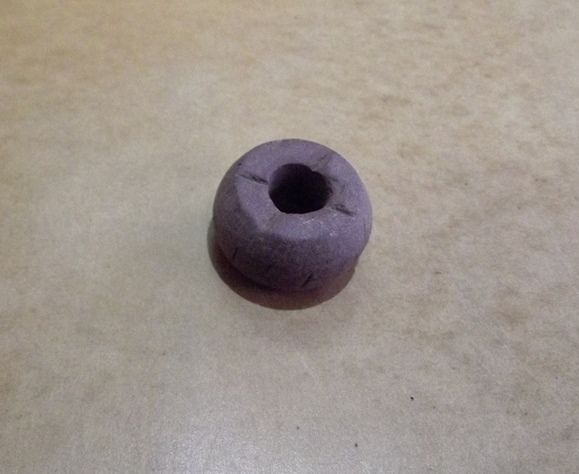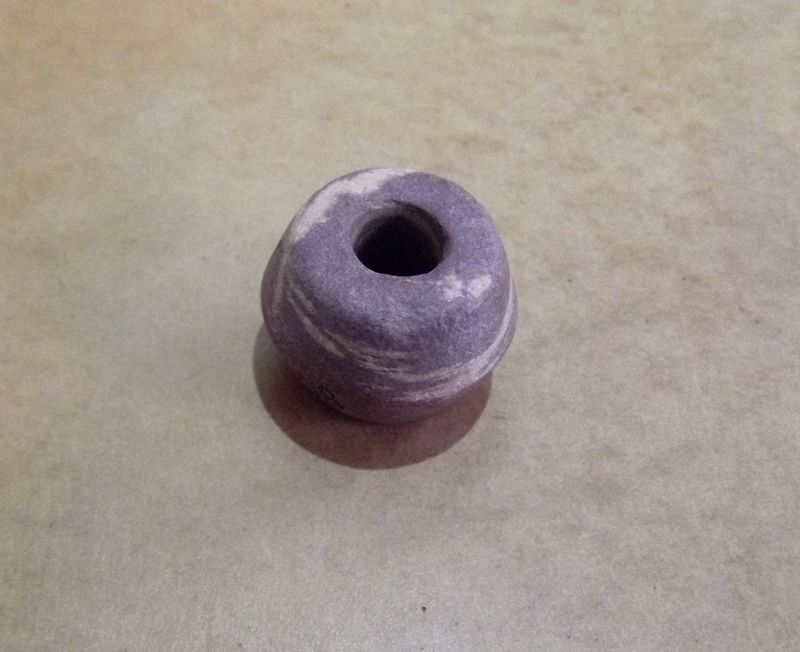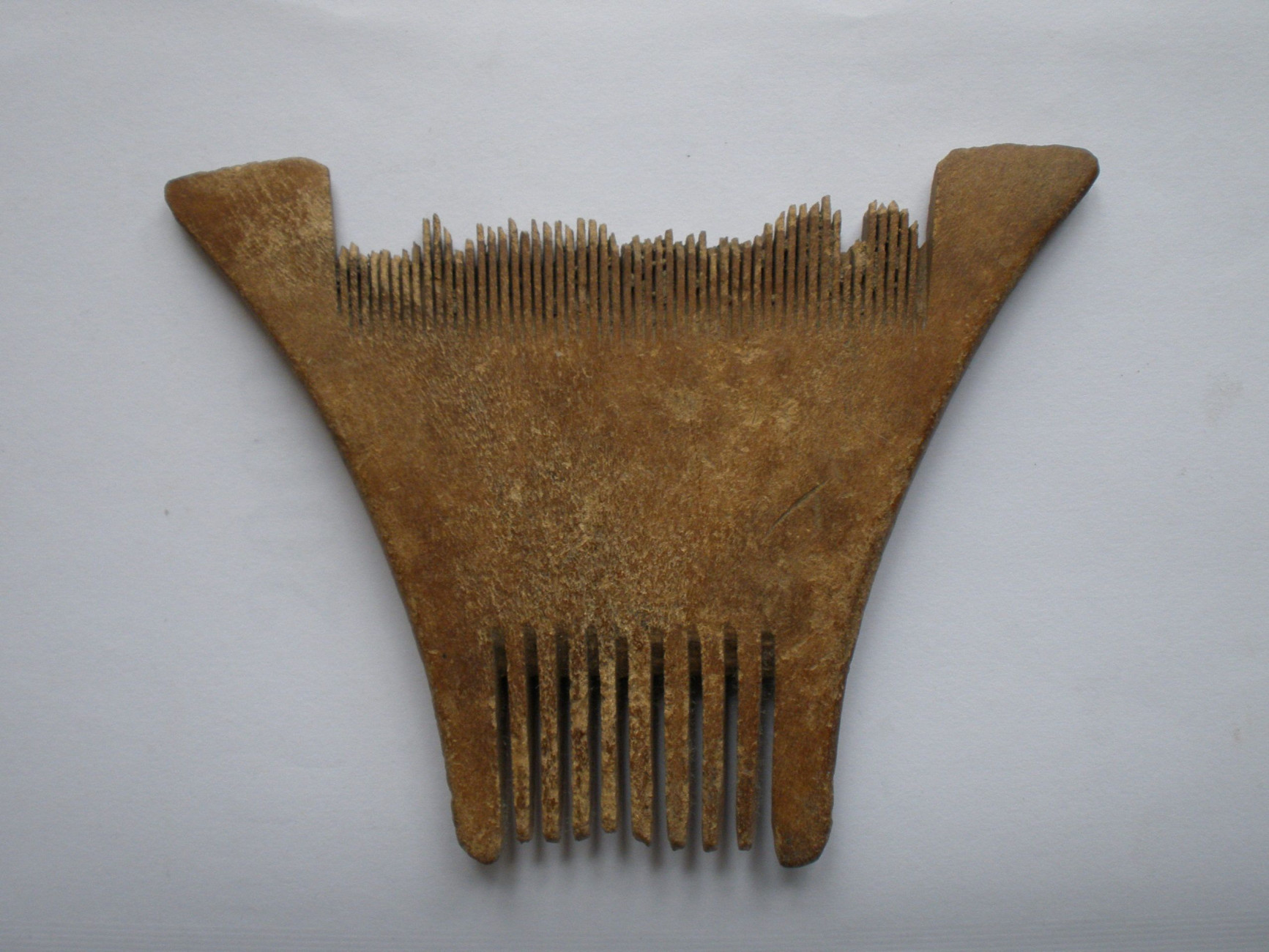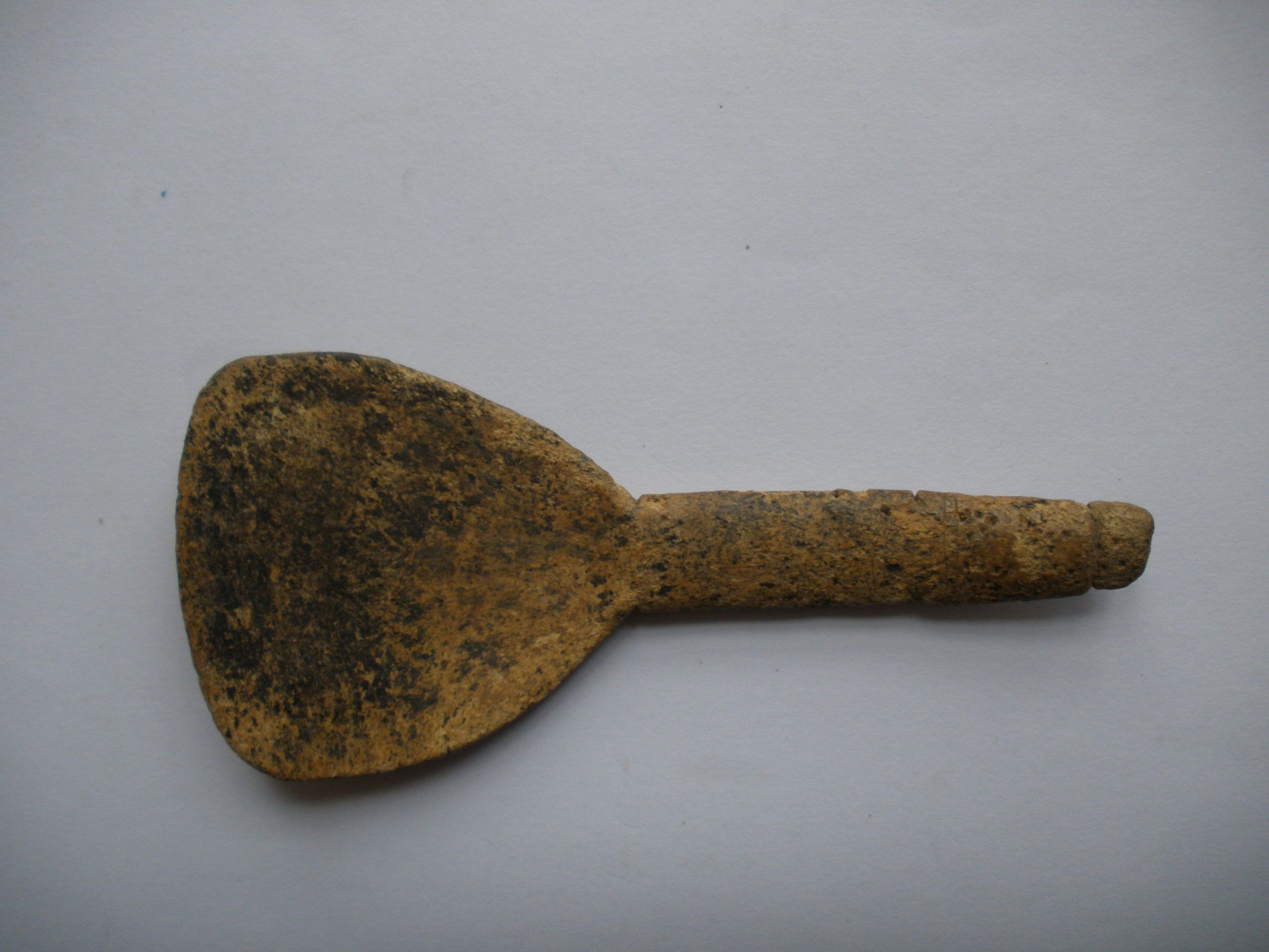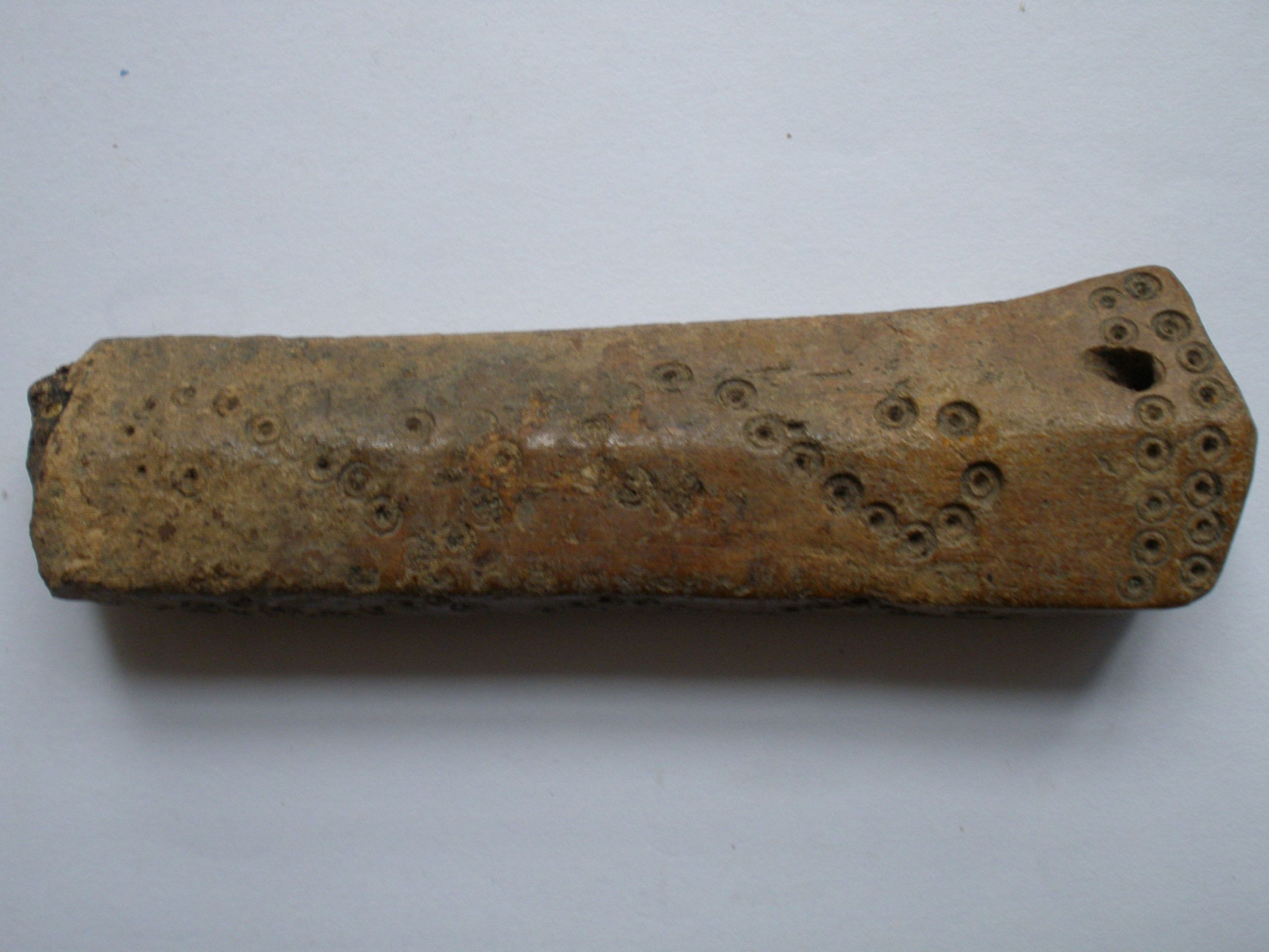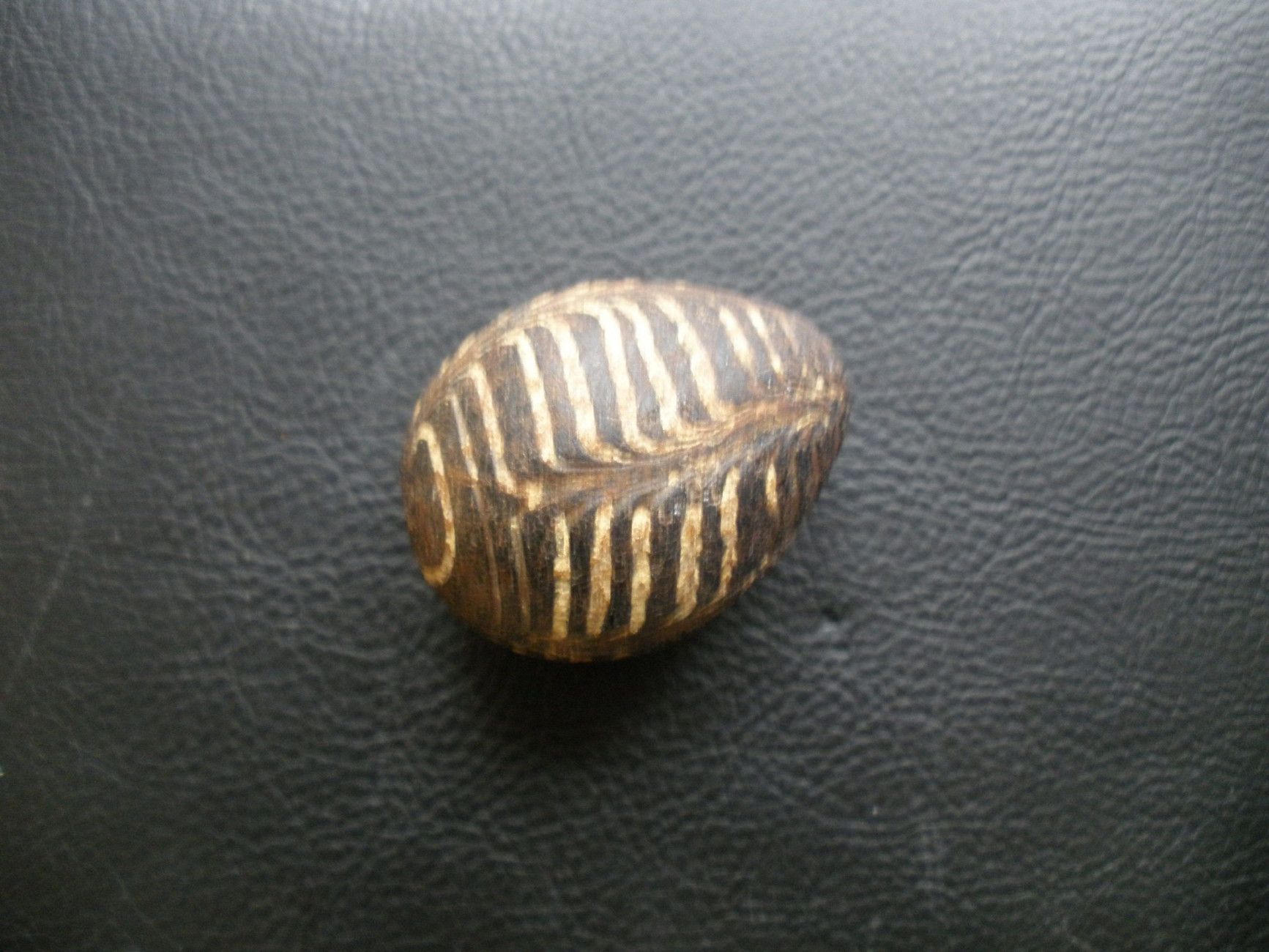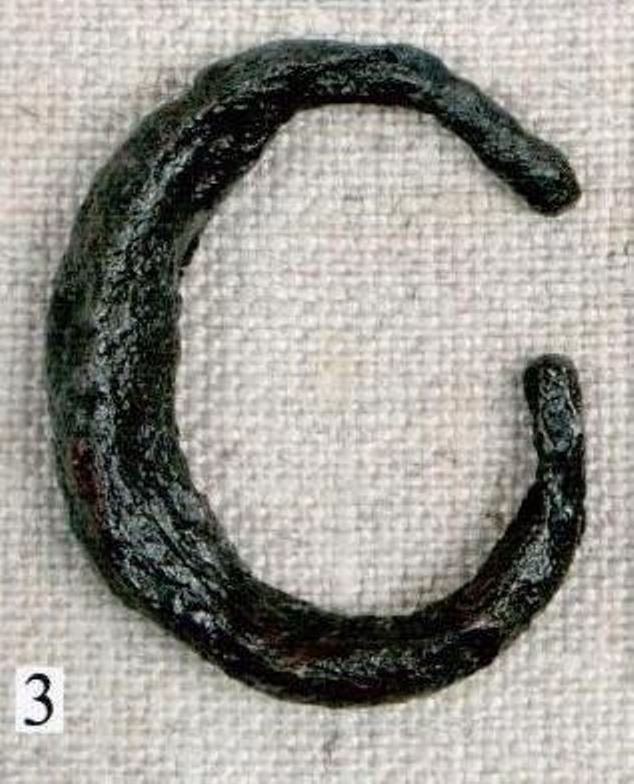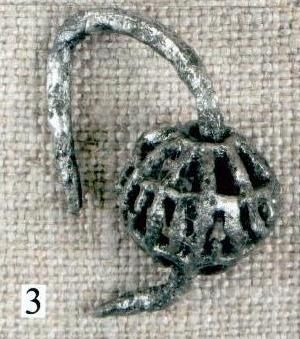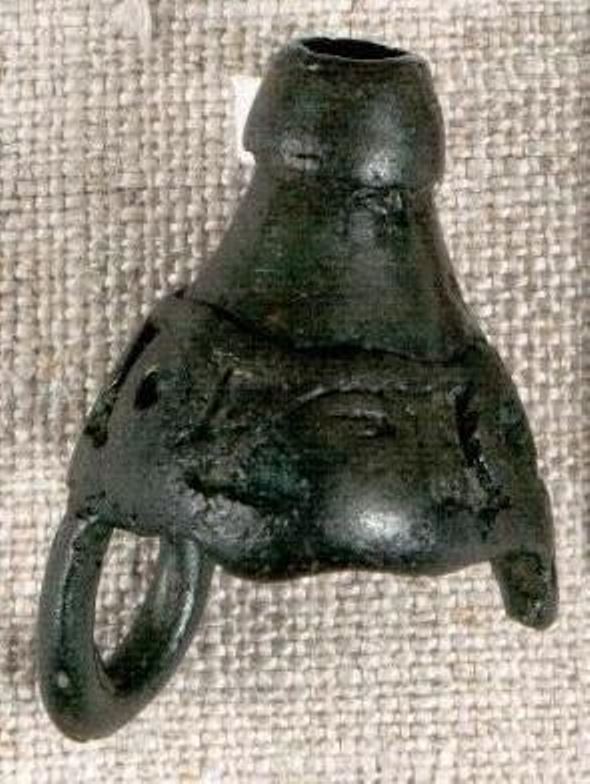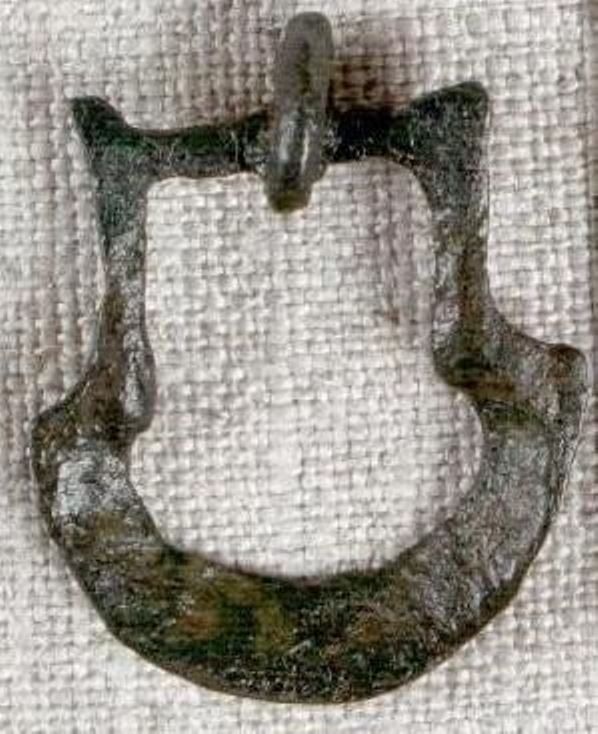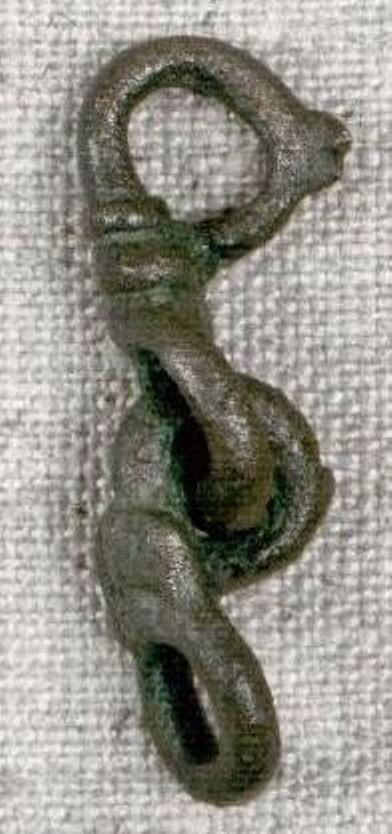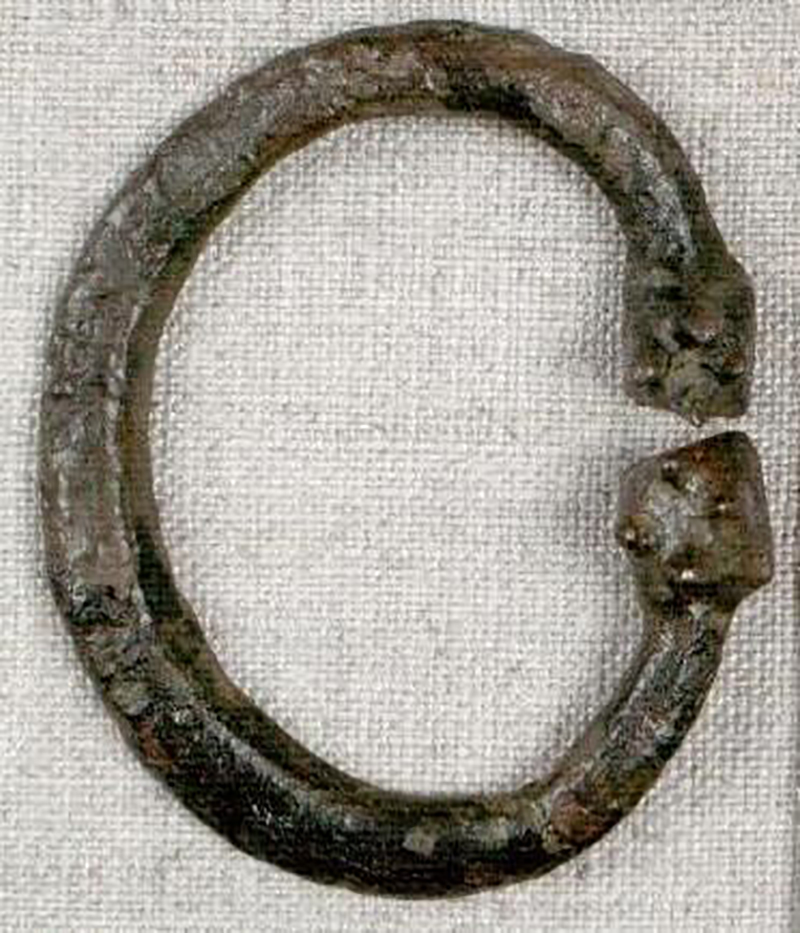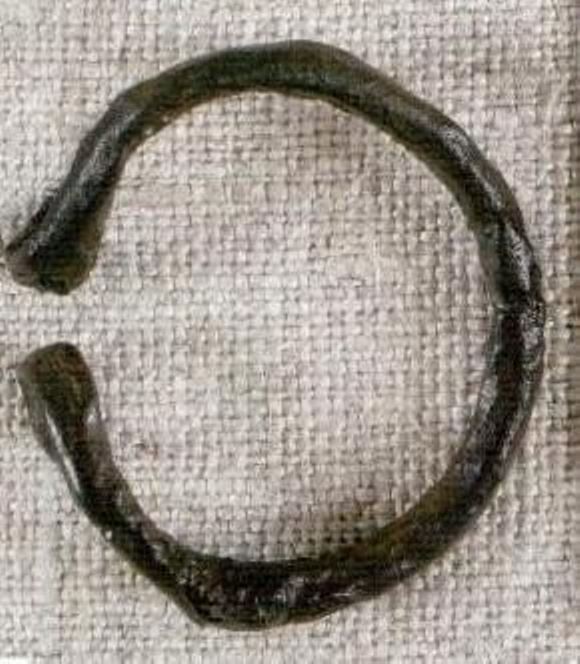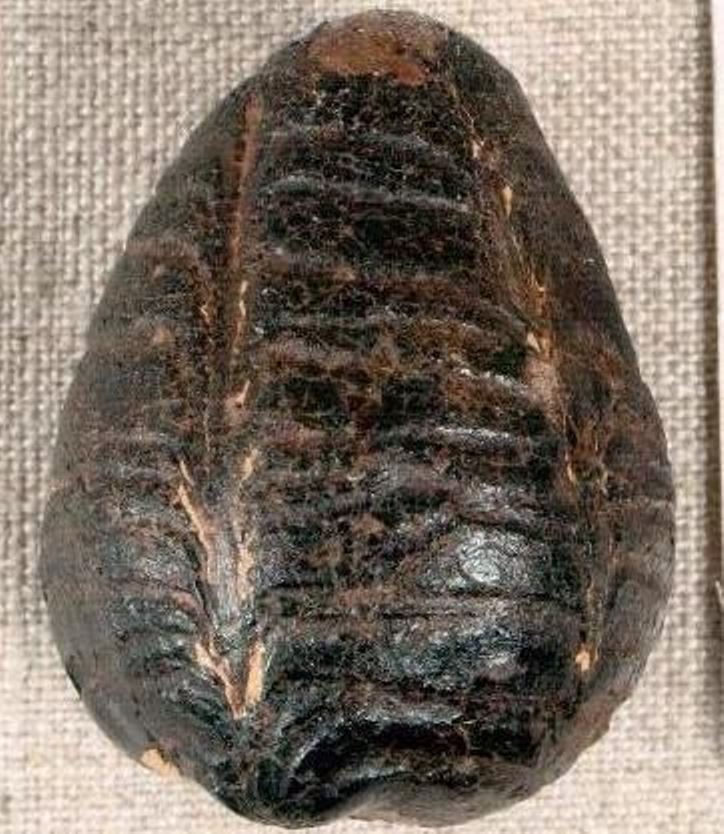Old Town Archeological Memorial
The Belozersk Museum keeps 938 items from the archeological site of federal significance called the Old Town or Ancient Town of Belozersk.
This collection was studied by Sergey Zakharov, Doctor of History, in 2010. He divided all things found into 14 groups:
1. Numismatic items
2. Sphragistic items
3. Accessories and clothing
4. Christian Church items and handwriting culture items
5. Amulets
6. Plays and toys
7. Handicraft instruments, facilities and processing waste
8. Fishing industry tools and devices
9. Arms and harness
10. Household utensils
11. Housekeeping equipment
12. Unknown articles and their fragments
13. Before Middle Age items
14. Nature-made objects
The most interesting museum items are:
1. Nikola icon
This icon is carved from stone and dates back to the 12th – 13th centuries. Such icons are very rare. The tradition of making stone icons came to Ancient Russia from Byzantine Empire. In the 12th – 13th centuries similar icons were made in large cities such as Kyiv and Novgorod. Unlike copper icons which were cast and intended for all social groups, stone icons were tailor-made. They were usually worn in expensive silver and gold frames. The Saint Nicholas icon has no ear for its hanging. The icon is 3.1 cm in height, 3 cm in width and 0.4 cm in thickness.
2. Stamps and seals
Old Russian seals are usually dated the 12th – 13th centuries by a majority of researchers. The application of such items is still a topic to discuss. As a rule, two main uses are figured out: to maintain a commodity and money flow and seal (certify) documents.
According to the analysis of the Belozersk seals, there is no clear and definite boarder between seals and stamps based on many parameters. Similar ingots and sizes, usual applications for the same purposes give a reasonable explanation that some of the seals were functionally close to bullas, that is, they were used as “small” seals to certify any documents. Most likely, these include seals with images of a saint and a cross, a saint on both sides, a saint and a princely sign.
The functional purpose of the remaining groups of seals is difficult to establish precisely. They could be used as commodity seals, i.e. to control the integrity of the package, identify belongings, designate the weight or quantity of goods, fix customs operations, seal "fur money", etc. At the same time, even seals of the same type, for example, with images of alphabetic characters on both sides, differ so significantly from each other in design and size that significant differences in their purpose can be assumed. In total, the collection contains 3 stamps and 25 seals.
3. Slate whorls
Many domestic productions are almost completely hidden from the eyes of the archaeologist. These include spinning and weaving. In the Middle Ages, spinning was a common occupation for women. But the tools and articles themselves were not preserved in the ground. The only thing that gets into the ground to archaeologists is the whorl.
A whorl is a small disc that was put at one end of the spindle and thus increasing the torque when twisting the thread. In the 1st millennium A.D. spindle whorls were made of bones and clay. In the 10th – 11th centuries, settlers from the central regions brought with them whorls made of slate, a soft beautiful pink stone quarried in Volhynia near the city of Ovruch. In the 10th – 11th centuries, slate whorls were widespread in Russia, thousands of them were found in the places of towns and villages.
Slate whorls, along with glass bracelets, are one of the brightest markers of ancient Russian material culture. The unusual phenomenon of the wide distribution of these products lies in the fact that all the whorls were produced in a single place – the Ovruch region near Kyiv, where, according to current ideas, there are the only pyrophyllite schist outcrops in the territory of Ancient Russia.
The type of whorl is determined by the shape of the section (along the channel) and the color of the slate used. In the Belozersk collection, biconical specimens make up 53.1%, barrel-shaped specimens 44.4%, and lenticular specimens 2.5%. 2/3 whorls are cherry-colored (66.7%), pink – 25.9%, gray – 4.9%, one whorl made of white slate. On 25 whorls there are various signs and drawings, on three whorls the signs resemble letters.
1. Saint Nicholas icon (12th – 13th centuries). Stone, cutting. 3.1 х 3 х 0.4 cm
2. Seal (12th – 13th centuries). Period, era: Middle Ages. Lead, casting (cast billet), embossing. 1.2 х 1.1 cm
3. Seal (12th – 13th centuries). Lead, casting (cast billet), embossing. 1.1 х 1 cm
4. Seal (12th – 13th centuries). Lead, casting (cast billet), embossing. 1.6 х 1.5 cm
5. Pendent seal (2nd half of 12th – early 13th centuries). Middle Ages. Lead, casting (cast billet), embossing. 2 х 1.7 cm
6. Vladimir Monomakh’s pendent seal (1113-1125). Lead, casting (cast billet), embossing. 1.4 х 1.4 х 0.2 cm
7. Seal (12th – 13th centuries). Lead, casting (cast billet), embossing. 1 х 1.1 cm
8. Whorl (10th – 14th centuries). Slate. 1.8 х 2 х 2.1 cm
9. Whorl (10th – 14th centuries). Slate, turning. 1.6 х 2.6 х 2.6 cm
10. Whorl (10th – 14th centuries). Slate. 1 х 2 х 2 cm
11. Whorl (2nd quarter of 10th– middle 14th centuries). Slate, turning. 0.8 х 2.3 х 2.3 cm
12. Whorl (2nd quarter of 10th – middle 14th centuries). Slate, turning. 1 х 2 х 2.1 cm
13. Whorl (13th century). Slate, turning. 1.2 х 2.2 х 2.3 cm
14. Whorl (10th – 14th centuries). Slate, turning. 1 х 1.8х 1.8 cm
15. Whorl (11th – 12th centuries). Slate, turning. 1.5 х 2.2 х 2.1 cm
16. Double-sided comb (early 12th – 14th centuries). Horn, sawing, grinding. 9 х 11.5 cm
17. Spoon. Middle Ages. Bone, carving. 9.8 х 4.3 х 0.5 cm
18. Decorated knife handle (10th – 14th centuries). Bone, carving.
19. Decorated egg (late 10th – last quarter of 12th centuries). Clay, watering, molding, baking. 4.5 х 3.3 х 3.5 cm
20. Cross worn next to the skin (11th – 15th centuries). Slate, carving. 4.3 х 0.8 х 0.3 cm
21. Temple ring (10th – 11th centuries). Metal, casting. 2.9 х 2.4 х 0.9 cm
22. Temple ring (13th century). Metal, drawing, casting. 2.6 х 2.3 х 1 cm
23. Noise-making pendent (10th – 14th centuries). Copper alloy, casting. 2.9 х 1.5 х 1.5 cm
24. Buckle (11th – 12th centuries). Copper alloy, casting. 2.7 х 2.2 х 0.7 cm
25. Noise-making pendent (10th – 14th centuries). Bronze, casting. 3.4 х 1.1 cm
26. Fibula (10th – 14th centuries). Metal, casting. 5.4 х 4.5 х 1 cm
27. Fibula (11th – 13th centuries). Metal alloy, casting, forging. 2.5 х 2.2 х 0.7 cm
28. Decorated egg (10th – 14th centuries). Clay, molding, watering. 3.8 х 2.8 х 2.6 cm
